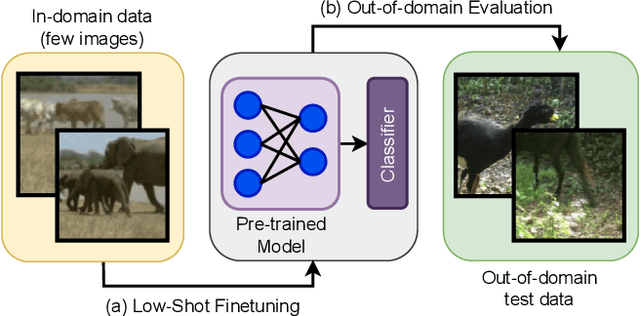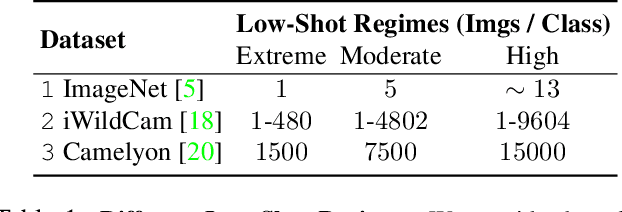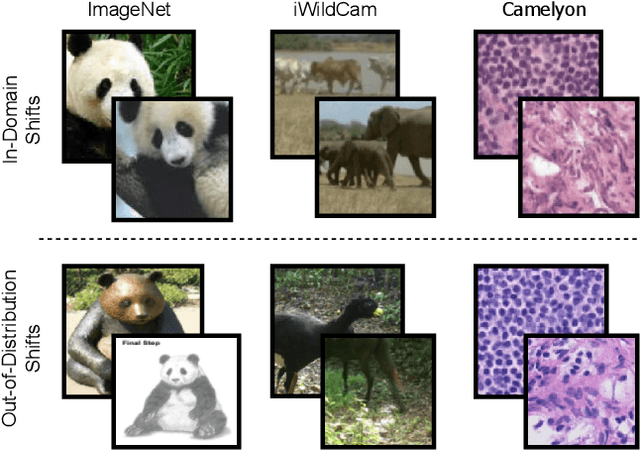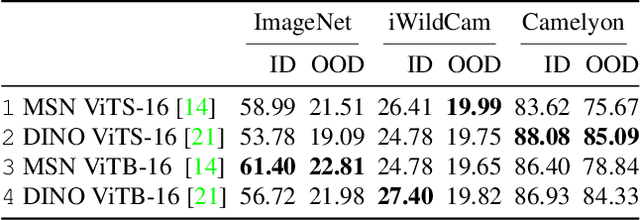Kartik Sarangmath
Benchmarking Low-Shot Robustness to Natural Distribution Shifts
Apr 21, 2023



Abstract:Robustness to natural distribution shifts has seen remarkable progress thanks to recent pre-training strategies combined with better fine-tuning methods. However, such fine-tuning assumes access to large amounts of labelled data, and the extent to which the observations hold when the amount of training data is not as high remains unknown. We address this gap by performing the first in-depth study of robustness to various natural distribution shifts in different low-shot regimes: spanning datasets, architectures, pre-trained initializations, and state-of-the-art robustness interventions. Most importantly, we find that there is no single model of choice that is often more robust than others, and existing interventions can fail to improve robustness on some datasets even if they do so in the full-shot regime. We hope that our work will motivate the community to focus on this problem of practical importance.
PASTA: Proportional Amplitude Spectrum Training Augmentation for Syn-to-Real Domain Generalization
Dec 02, 2022



Abstract:Synthetic data offers the promise of cheap and bountiful training data for settings where lots of labeled real-world data for tasks is unavailable. However, models trained on synthetic data significantly underperform on real-world data. In this paper, we propose Proportional Amplitude Spectrum Training Augmentation (PASTA), a simple and effective augmentation strategy to improve out-of-the-box synthetic-to-real (syn-to-real) generalization performance. PASTA involves perturbing the amplitude spectrums of the synthetic images in the Fourier domain to generate augmented views. We design PASTA to perturb the amplitude spectrums in a structured manner such that high-frequency components are perturbed relatively more than the low-frequency ones. For the tasks of semantic segmentation (GTAV to Real), object detection (Sim10K to Real), and object recognition (VisDA-C Syn to Real), across a total of 5 syn-to-real shifts, we find that PASTA outperforms more complex state-of-the-art generalization methods while being complementary to the same.
 Add to Chrome
Add to Chrome Add to Firefox
Add to Firefox Add to Edge
Add to Edge